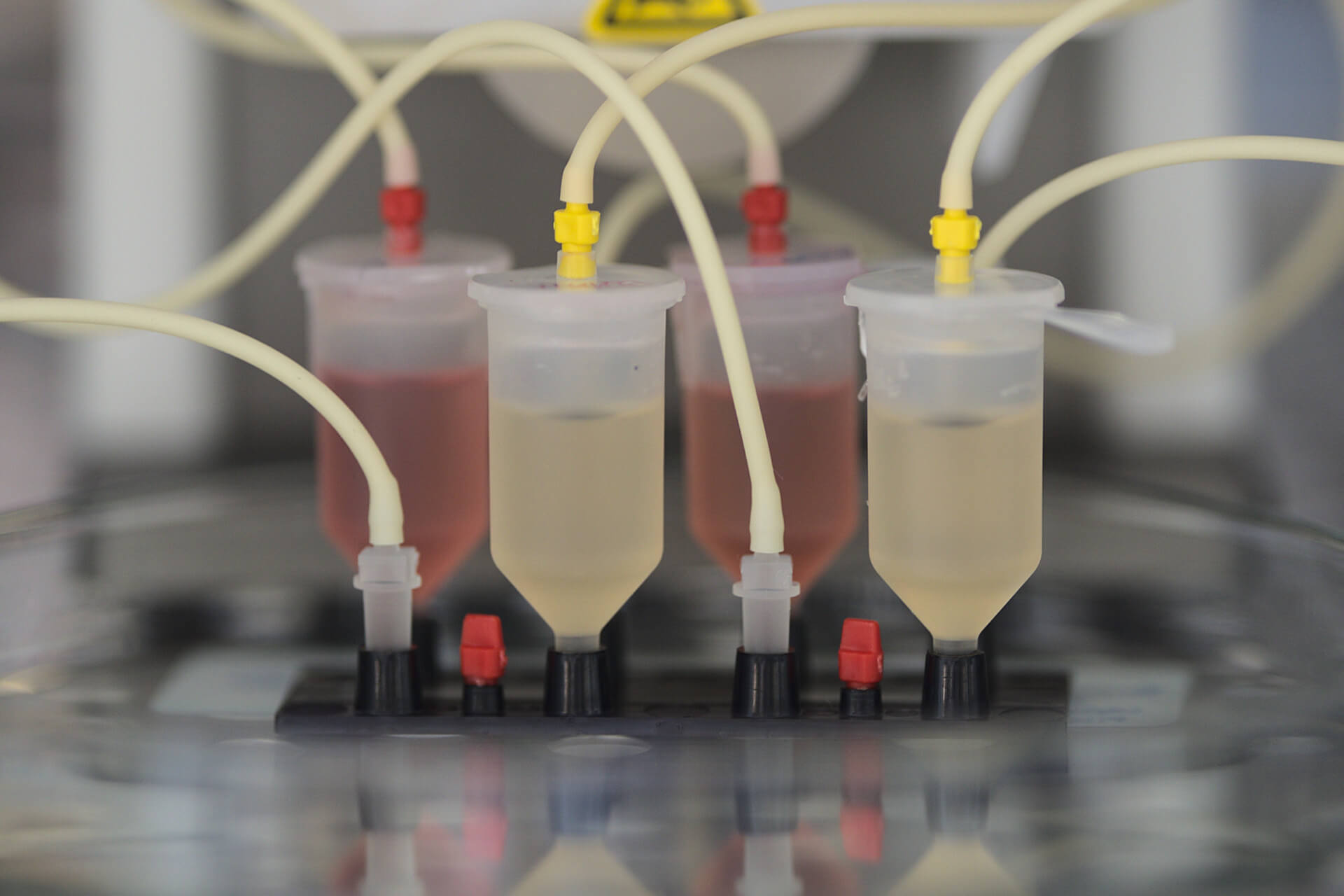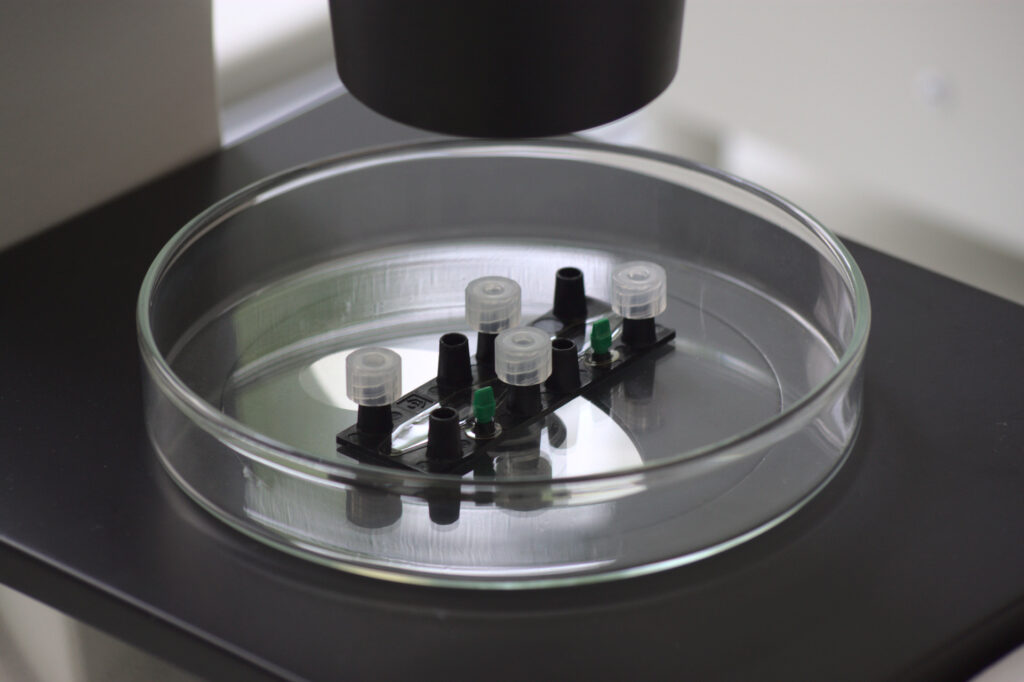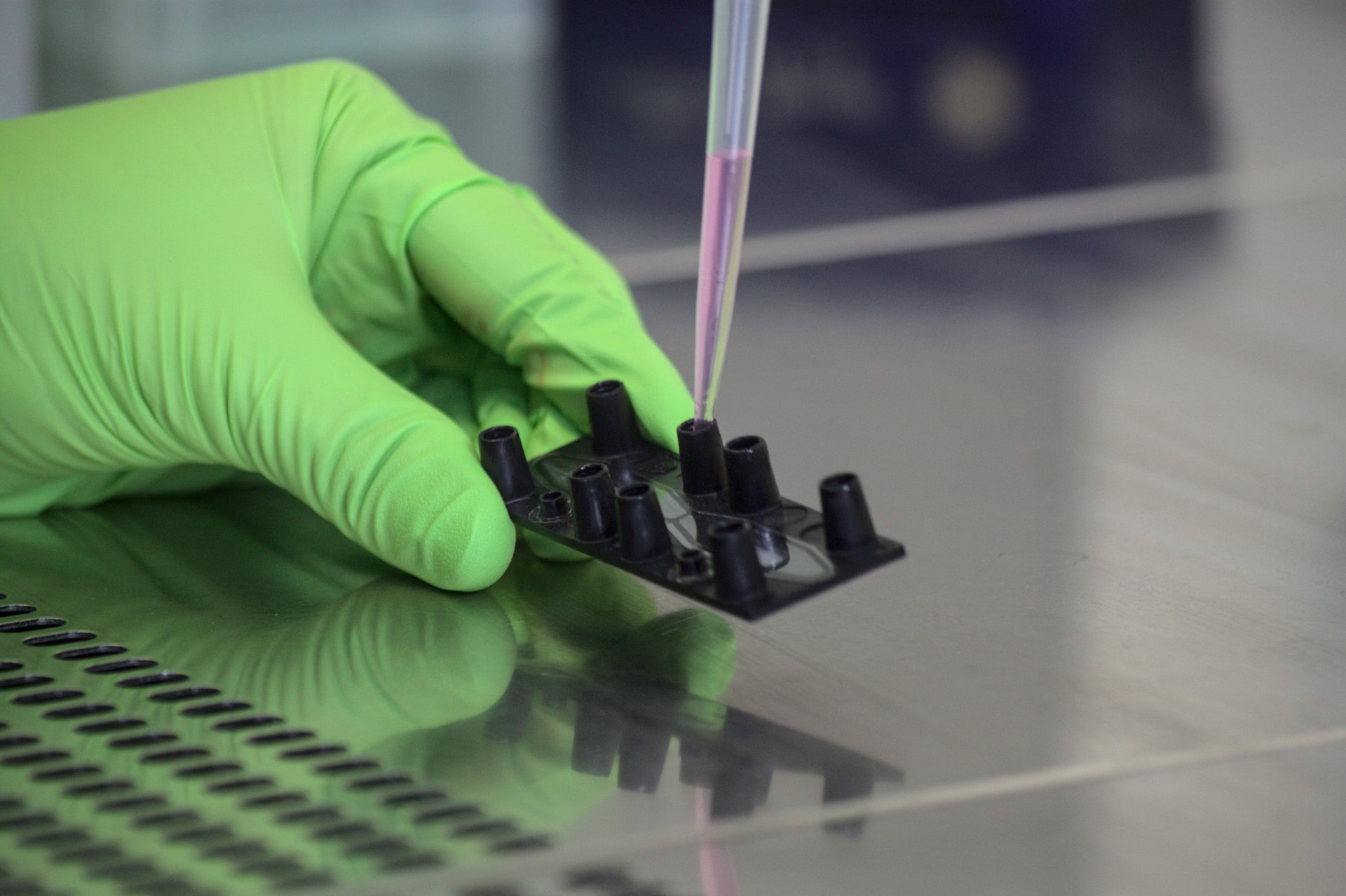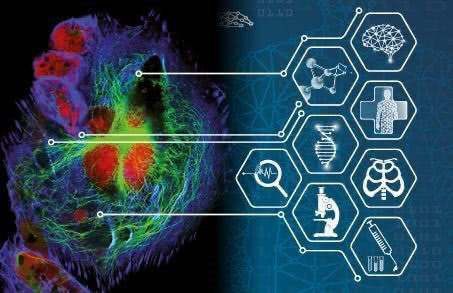
Blog
Immunocompetent Organ Models – the Future of Biomedical Research
One crucial factor that plays a pivotal role in the success of organ-on-cip models is immunocompetence. In this blog post, we delve into the significance of immunocompetence in organ-on-chip models and how it opens new avenues for advancing medical research.
Applications of Organ-on-Chip Technology in Biomedical Research and Drug Development
One crucial factor that plays a pivotal role in the success of organ-on-cip models is immunocompetence. In this blog post, we delve into the significance of immunocompetence in organ-on-chip models and how it opens new avenues for advancing medical research.
Learn more about the Dynamic42 Academy Organ-on-Chip Class
Learn the skills to integrate organ-on-chip technology into your lab work with the Dynamic42 Academy. If this resonates with you, this blog will help you to understand if our organ-on-chip class is for you. We will give you a deep dive into the reasons to attend our course, what we teach in the course, and what past participants have to say.
From lab to lecture: a comprehensive overview of international organ-on-chip courses
A comprehensive summary of available organ-on-chip courses, detailing the provider, content and location. Organ-on-chip technology is an amazing technique to model human, physiological mechanisms on a small scale without the use of animal models. If you as a researcher are versed in cell culture, learning how to create your own organ models is absolutely feasible in just a few months.
Compound adsorption by soft polymer biochips and the consequences on preclinical research
In this article, we will discuss common issues observed when working with biochips made of PDMS, most commonly used alternatives, and desired properties for biochip materials. But most importantly, we will present alternative biochips showing low adsorptions rates but also unique biocompatibility for high grade drug screening.
Liver-on-a-chip – Revolutionizing assessment of drug-induced liver injury
Summary of our work that established a human liver microphysiological model as an in vitro platform for the evaluation of drug-induced liver injury, published in Nature Scientific Reports. This case study sheds light on the effects of the known hepatotoxic antibiotic trovafloxacin and the commonly used analog levofloxacin on human liver tissue, using an innovative chip-based liver model.





































